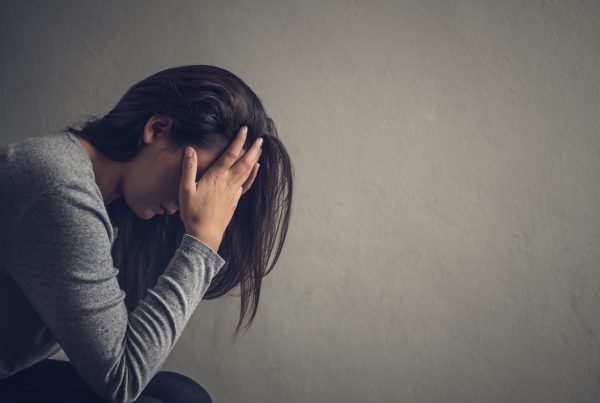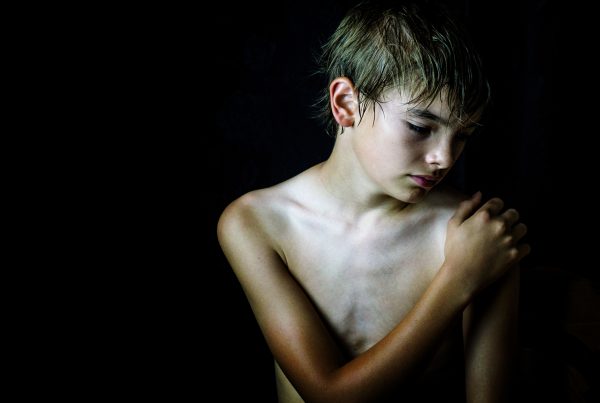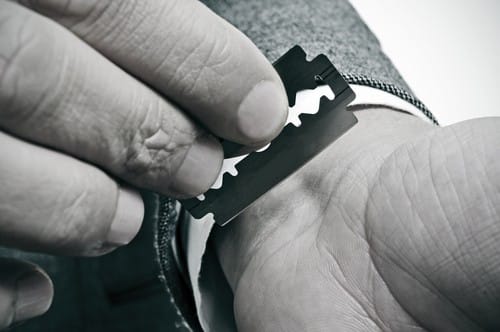We all learn from a pretty young age that bullying is bad. Yet, that doesn’t stop bullying from happening. While the reasons for bullying are aplenty, most bullies know that bullying can have consequences for the bullied person. However, they might not realize just how significant and long-lasting these consequences can be. There’s more to bullying than just hurting someone’s feelings for a quick rush – a bully can do severe and long-term damage to a person’s self-esteem and mental health, feed existing or create new insecurities, and encourage them to do horrible things to themselves out of self-loathing, ranging from self-harm to suicide.
Coincidentally, children are most likely to remember cases of bullying from when they were between the ages of 11 to 13, marking the early teen years as the most formative for these kinds of memories. In fact, current estimates say that about one in five children between the ages of 10 and 18 engage in self-harm. Regardless of whether you’re being bullied in person or through a screen, a person’s hurtful words and actions – even when it’s a stranger – can feel worse than a punch to the face. The feeling some people are left with after being bullied doesn’t go away nearly as quickly as a bruise does, either. Memories of bullying can persist for decades, and the damage they deal can accumulate and show itself later in life through depression, anxiety, eating disorders, and even suicidal ideation.
Why Bullying Is a Bigger Deal at a Younger Age
Children and teens are not equipped with the experience and coping knowledge that might come with age. Self-harm, while obviously self-destructive, is a dangerous coping mechanism in its own right. Pain can relieve and release stress, partially through the resulting release of endorphins and because of the catharsis of self-punishment. This also creates a dangerous feedback loop where someone will return to self-harming behavior when feeling bad as a way to feel better, only to realize what they’ve done, resulting in feelings of shame and embarrassment that can result in more harm.
Additionally, bullies breed bullies. Being a victim of bullying can, in turn, lead to victimization further down the social hierarchy, from middle siblings to younger siblings, classmates to younger schoolmates, or from senior coworkers to new hires. Sometimes, bullying becomes a learned behavior from home, a way of getting what you want, either because you’re used to seeing it being used by others or because you had a history of using it that way.
Bullying may also be brought about through feelings of envy, anger, perceived power imbalances, severe insecurities, or to gain something. Not all bullies are sociopaths, though some bully out of a sense of satisfaction or because they feel no remorse nor empathy for those they hurt. Does that mean we should stop worrying about bullying? Absolutely not. Just because something is widespread or even normalized does not mean it should not be challenged.
Bullying, the Internet, and Self-Harm
We’d be remiss to talk about bullying and not mention the elephant in any teenager’s room: the Internet. Cyberbullying is just as harmful as face-to-face bullying, if not more so due to its ubiquity, the heinousness of some of the messages and bullying that occurs online, and the sheer volume of it. Examples of cyberbullying include:
- Forum mobbing
- Cyberstalking
- Doxing (revealing personal information about someone online, including their name and address)
- Trolling
- Swatting
- Revenge porn
- Impostor accounts
- Harassment (private and public)
- And more
A person being bullied through the internet may not just be targeted by their classmates, but by total strangers from throughout the school, community, city, country, and world. Furthermore, by hiding behind anonymity and a virtual distance, bullies receive little to no direct feedback from their victims through which they might feel remorse. They aren’t watching someone react in front of them when they send hateful messages or spread hurtful content online. Cyberbullying that is perceived as public (i.e., publicly posted rumors or callouts, posts that can be shared and seen by anyone, etc.) is perceived as much worse than private messages. Even with the ephemeral nature of the Internet – where the content appears and sinks amid an endless ocean – the emotional scarring never completely goes away.
Some Teens Face More Bullying
There are risk factors associated with bullying, aside from the aforementioned parenting styles. These include being a minority among your peers (skin color, country of origin, culture, nonbinary gender identity, sexual orientation, being over/underweight, disabilities, other special characteristics), trouble socializing with others, struggling with anxiety or depression, and being perceived as less popular than average. Bullying does and will continue to do emotional and physical harm to children and adults alike and can lead to dangerous physical and mental consequences such as self-harm. Victimization is particularly harsh among overweight children and children or teens who belong to the LGBTQIA+ community.
Furthermore, these children also possess a higher risk of developing problems with self-harm and self-esteem and signs of severe depression or anxiety disorders later in life. Whether you’re a friend, a victim, a bully, a parent, or all of the above at some point in time, we all owe it to ourselves and each other to practice and preach a little more empathy – and help children who are victims of bullying find ways to assert themselves, and practice ways to protect themselves from bullying through self-esteem boosting activities.
Parents with children who might be out of the ordinary in a way can help their kids prepare for bullying by helping them strengthen their sense of self, foster stronger self-esteem by encouraging their emotional growth, and helping them learn how to be positively assertive towards others. There is also a perceived link between parenting styles and a child’s likelihood of being bullied and being a bully, with children from authoritarian households (where rules are absolute, and children are punished for expressing themselves) being more likely to find themselves on either end of the spectrum.









